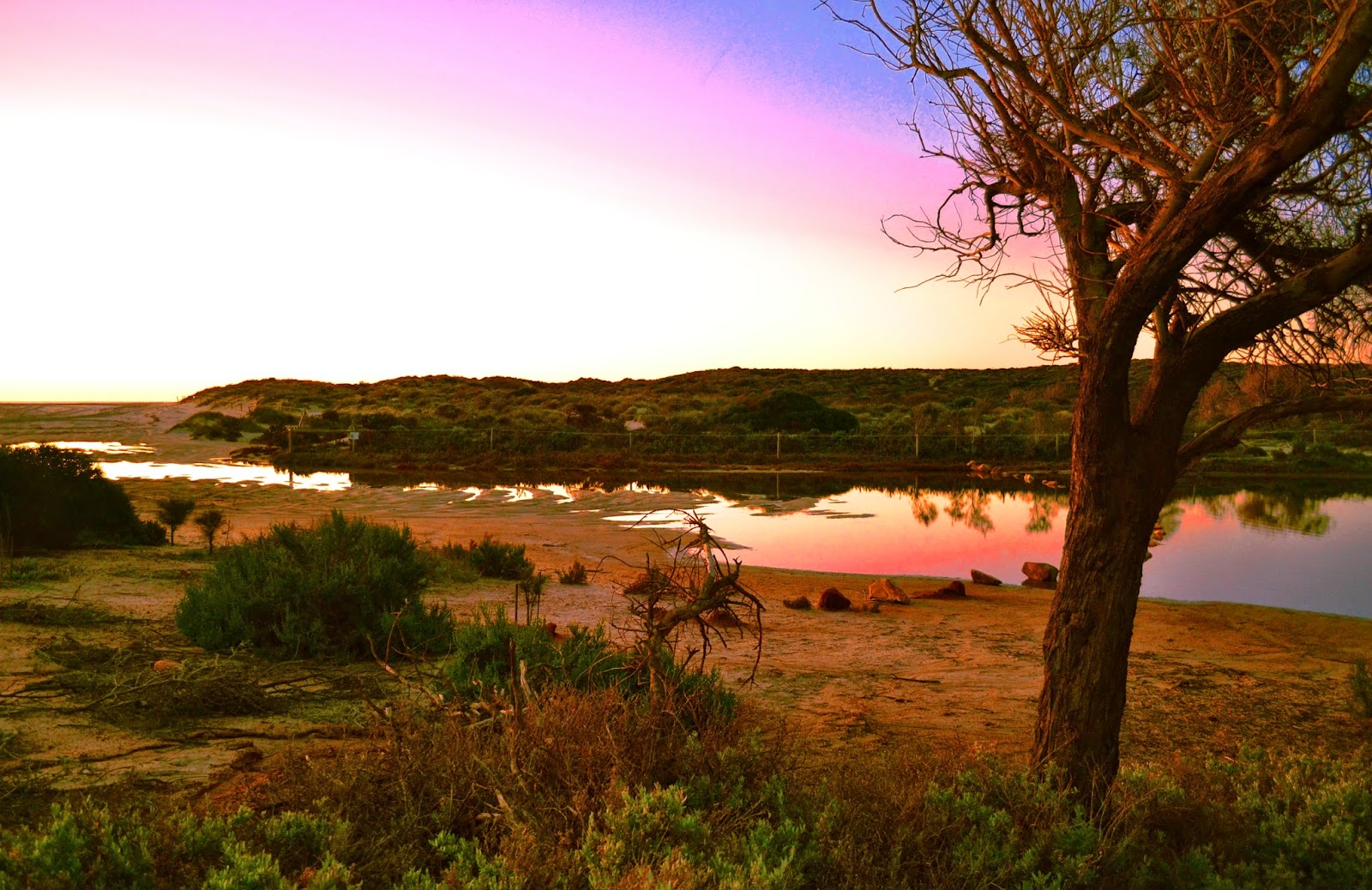 |
| The stretch of beach where the two young Dutch sailors are thought to have been deserted |
But I get ahead of myself, the story of how two young Dutchmen ended up stranded on a lonely stretch of beach near present day Kalbarri is exactly the kind of bonkers tale that Australia seems to produce at remarkably frequent intervals.
The Western Australia coast is dotted with reefs, rocks and outlying islands which to this day are a hazard for maritime vessels. The coast is literally littered with shipwrecks. In 1629 a Dutch ship, the Batavia, ran aground on some offshore islands and although over half of the passengers were drowned or swept out to sea, there were roughly 200 survivors which included an unsuspecting captain and several crew who had already been planning a mutiny for some weeks.
Captain Francisco Pelsaert along with a handful of loyal crew members hopped in a longboat and set off for Jakarta. Unbelievably, they made it to Jakarta and back again in about five months. That in itself is extraordinary, but what happened in their absence is even more bizarre - and grim. The would-be mutineers led by a religious zealot and all-round nutcase, Jeronimus Cornelisz swiftly began picking off survivors who were not a part of their merry-band, seeing them as a drain on very limited resources. In total they viciously murdered about 125 of the 200 survivors.
 |
| Wittecarra Creek |
For reasons unknown, Pelsaert took pity on two of the younger offenders and delivered them to the mainland, on a stunning but desolate stretch of beach just outside of present day Kalbarri.
Today a small out-of-the-way stone monument commemorates the occasion. It is just a hundred meters or so down a dirt track marked only as Wittecarra Creek. There is a single parking space and the track gives way to sand before it peters out on the beach. You'd be lucky to stumble upon it if you didn't know to look for it.
 As most people know, Australia later became a British penal colony (the Dutch lost interest in Australia after a few too many expensive and deadly encounters with the aforementioned coastal hazards) but the irony that the first two permanent white settlers in Australia were of criminal stock did not escape me.
As most people know, Australia later became a British penal colony (the Dutch lost interest in Australia after a few too many expensive and deadly encounters with the aforementioned coastal hazards) but the irony that the first two permanent white settlers in Australia were of criminal stock did not escape me.No one knows what happened to our two young sailors. Whether they lived out their days fishing and enjoying the glorious sunsets of Western Australia, died of starvation or thirst or fell in with some friendly or unfriendly Aborigines is unknown.
Australia is full of this kind of stuff. In the words of Roman Mars, Always Read the Plaque.
No comments:
Post a Comment